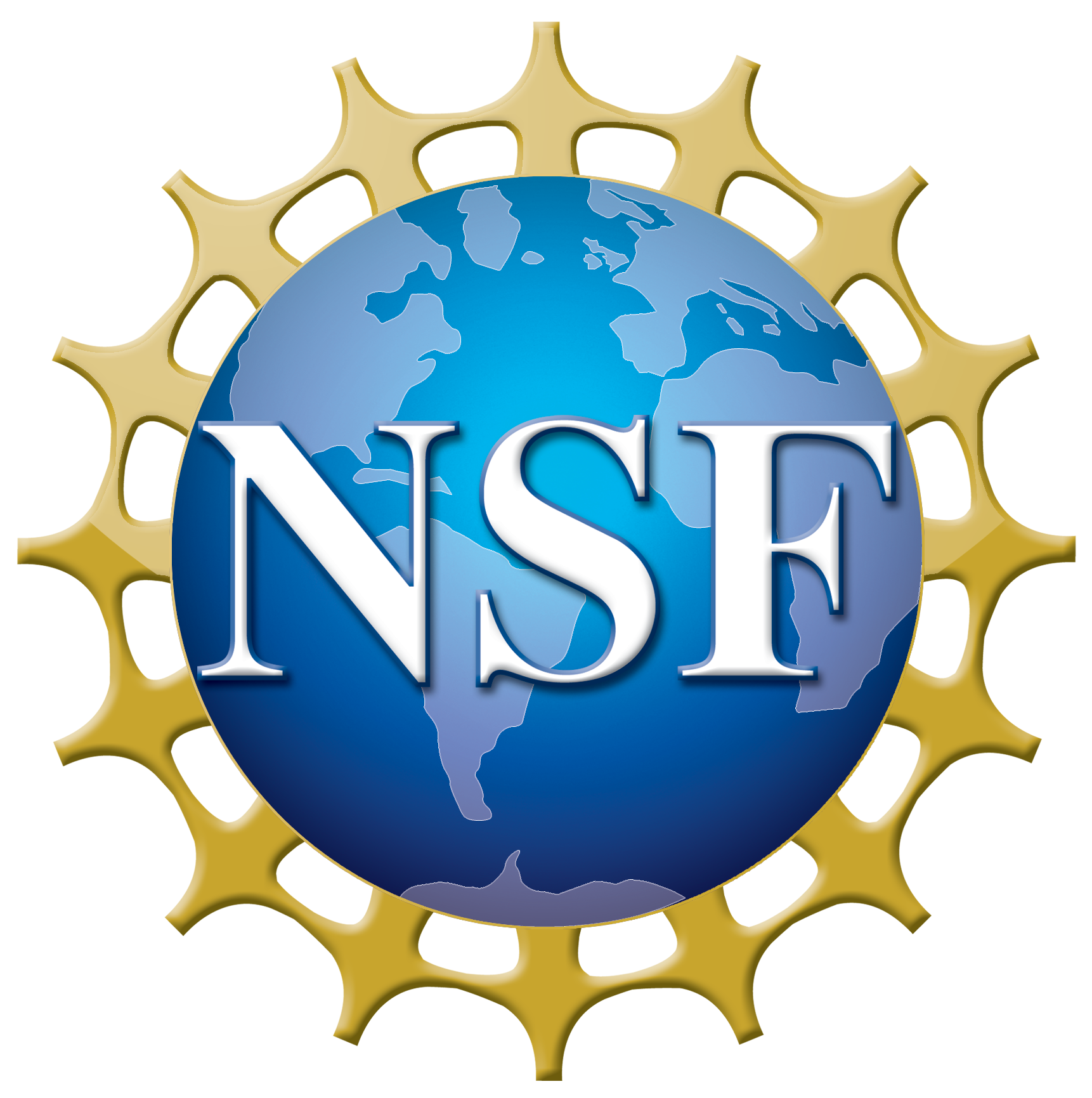Building resilient, sustainable, livable, and environmentally safe dynamic systems (natural or human built) requires on-demand computing resources, facilitating machine learning, data processing, and data analytics. These systems rely on computation to support simulation, modeling, and analyses to enable discovery, facilitate understanding, and make decisions. This project implements RAPTOR (Reconfigurable Advanced Platform for Transdisciplinary Open Research), a reconfigurable compute environment to address dynamic and diverse computing needs of science drivers––coastal resilience, sustainable environmental research, and systems biology.

The goal of RAPTOR is to increase research production by enhancing computing capabilities at Florida International University (FIU), both at the campus level and through participation in a resource-sharing federated distributed computing community. For that, RAPTOR integrates with the Chameleon Cloud Infrastructure for on-demand resource allocation and the Open Science Grid (OSG) for opportunistic preemptible resource sharing allocation. The result is a platform capable of connecting with a rapidly deployable sampling system that can assimilate and transmit data in real-time to facilitate actionable intelligence and drive adaptive environmental monitoring decisions, and respond as conditions change. The integration of knowledge, tools, and modes of computation proposed by RAPTOR builds upon the expertise of domain researchers, computer scientists, and IT practitioners towards a “smart cyberinfrastructure” to foster and develop transdisciplinary approaches. RAPTOR not only introduces new computing modalities at FIU to support its researchers, but also benefits a broader federated community of researchers and scholars sharing resources through OSG and Chameleon Cloud.
To address the diverse computational requirement of the scientific computing applications, and enable transdisciplinary research at FIU and beyond, we envision an integrated “smart cyberinfrastructure” to facilitate high-performance, high-throughput, data-intensive, machine learning, and real-time on-demand computing applications. More specifically, RAPTOR is designed to be the following:
- A high-performance computing environment: RAPTOR will be a compute cluster with (eight) high-end compute nodes, which are connected to an existing HPC cluster for parallel applications.
- A high-throughput computing environment: RAPTOR will contribute to the Open Science Pool of the Open Science Grid (OSG) for researchers both on and off campus.
- A data-intensive computing environment, especially for machine learning applications: Each compute node in RAPTOR will be a high-end multi-processor multi-core server equipped with GPU acceleration and large memory and local storage to support big data processing.
- A real-time on-demand computing environment: RAPTOR will adopt the Chameleon Infrastructure (CHI-in-a-box) for on-demand resource allocation. Chameleon allows provisioning of bare-metal nodes while giving the researcher full control of the software stack to meet the application needs.
More importantly, RAPTOR will be a reconfigurable compute environment. The RAPTOR architecture will allow dynamic allocation of hardware resources between the Chameleon Platform and the HPC cluster via a centralized resource management server. RAPTOR bare-metal servers will be part of the Chameleon cloud platform, enabling researchers from across the country to make reservations and access the resources for running cloud computing applications. RAPTOR will also be part of FIU’s HPC cluster and added to the OSG’s Open Science Pool for an opportunistic-preemptible resource allocation of resources allowing domain scientists from across the country to deploy their research workflow on the HPC. RAPTOR will support dynamic movement of resources between Chameleon and HPC, based on the research demand for resources.



This material is based upon work supported by the National Science Foundation under Grant No. 2126253. Any opinions, findings, and conclusions or recommendations expressed in this material are those of the author(s) and do not necessarily reflect the views of the National Science Foundation.
